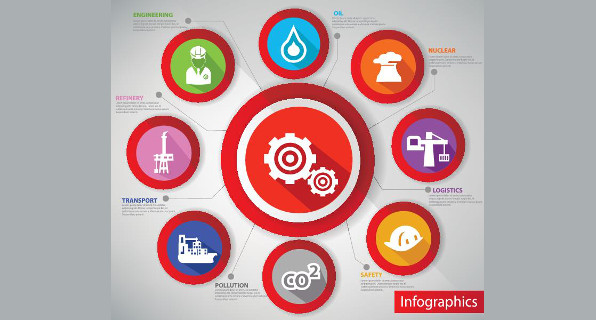Have you Seen These Tricks with KPIs?
"Almost all KPIs are suspect till you get to the depth of how they are defined, how they are calculated, how the data is collected and analysed".

I came across the following picture on the blog of Thaku Huni and the thought struck me about a situation I encounter quite frequently:

If you asked any objective person about the KPIs of the group of six men above – most people will agree that at least on quality (meeting customer specifications about the rails) this team will rate 0%.
Yet, if you asked this team, they might in all honesty, claim that at least one rail is meeting the opposite side – so their quality rating should be 50%.
Time and time again I encounter this situation. Let me give you one example. I have to fly frequently for client assigments, and Qantas our national carrier rates its on time performance quite highly. Yet, numerous times they have just cancelled my flight and moved me to the next flight, or done many similar things to meet their publicly declared on time performance targets.

And, Qantas is not the only airlines to do this. Over the years, I have noticed that the tricks employed by airlines have included blaming mechanical failures, blaming weather, moving the departure times in case of delay, coming up with a plethora of ‘exclusions’ to maintain their impeccable on-time departure record.
Almost all KPIs are suspect till you get to the depth of how they are defined, how they are calculated, how the data is collected and analysed. A quick example to make it real.
A large logistics company was the preferred supplier for our clients – a multi-billion dollar fast moving consumer goods company. The logistics company would every month send reports proudly claiming on-time delivery track record of close to 100%. When our team delved into the details it because clear that the due dates/times for any deliveries likely to not meet the target would be quietly changed to indicate the new delivery times. Voila – near 100% track record.

Obviously, the deliverables must be pre-agreed and held firm barring exceptional circumstances. KPIs must not be allowed to be doctored to shore up the numbers, lest they become meaningless exercise in data collection and analysis.
BAD KPIs are WORSE than no KPIs. I would rather navigate a ship without a gyro compass, than with a faulty gyro compass – because I can do better with a reasonable magnetic compass than with a faulty gyro.
Now, I am sure that I am not the only one who has come across these type of incidents. In fact most experienced business people will have their own experiences – some more colourful than others. If you want, share your favourite tricks in the comments section below. You might even win the best entry get a prize – my latest book.

